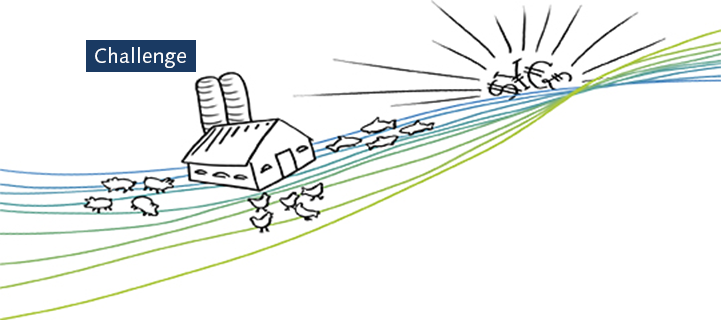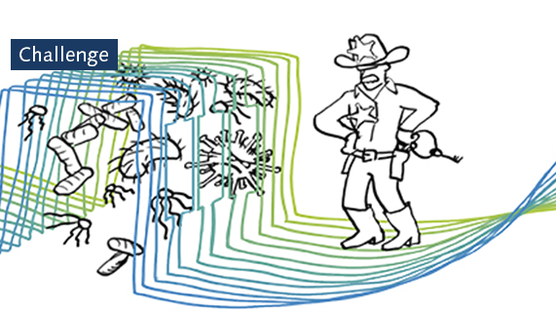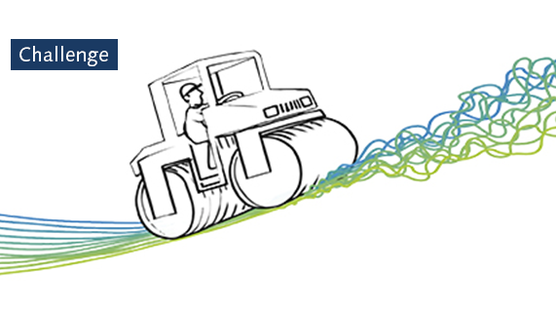
Published on May 1, 2021
Upgrading the value of animal protein to invest in the future
Population growth, income growth, urbanization and shifting protein preference will lead to higher animal protein consumption in the future. Despite the increasing demand, the livestock sector has been suffering from disruptions, resulting in low financial returns for their efforts.
Low returns do not offer a strong incentive for investing in more sustainable food production systems. On the contrary, consolidation drives the industry to stay financially afloat. A higher economic value for animal protein is part of the solution to drive sustainability at a much higher speed.
How can we show the real value of animal protein?
Why don’t consumers see the real value of animal protein? First, consumer awareness of the true price of animal protein is built on low prices, (ab)used by large retailers to draw in traffic with promotions. The whole animal protein system has been a cost-plus based system for years to ensure food is affordable to eliminate hunger. In no other industry is the total cost of production of a liter of milk, an egg, a kilogram or pound of meat so transparent as in agriculture. The rest of the food chain with the consumer at the end, benefits from this transparency; there is simply no incentive to stop this.
A way to increase the price of animal protein is via regulatory measures, but instead of setting decent price levels, food could be subsidized with local governmental money. Or we could start taxing animal protein consumption and give part of the tax to producers. As a result, they could invest in more sustainable methods of production to lower emissions or increase animal welfare. This might work, but how do we agree on this globally without shutting down national borders or installing import tariffs to maintain a level playing field? There is no easy fix to this problem.

The added value of access to advanced genetics
The introduction of a system of fair prices for animal protein is not easily within reach. What other problems do we encounter that prevent us from solving the bigger picture? From our point of view, giving producers access to the best suited animal genetics is one way to bridge the gap. This is not a story of focus on production output, but a story of the right genetics for the right environment. One size does not fit all.
Offspring that needs to perform in a different type of environment than what the parents are selected in, might lead to surprising (read negative) results. Performance testing of siblings or offspring in the environment that the offspring is supposed to perform is necessary to be able to offer the right genetics. For example, our laying hen breeding program has been committed to recurrent testing for many years. In this program, pedigree birds are tested in commercial farms in 25 locations around the world. This allows us to select the right genetics for our customers’ real-life conditions.
Learn more about how we select for proven product performance
The SAPPSA project is another example of giving producers access to advanced genetics. The SAPPSA project (Sustainable Access to Poultry Parent Stock to Africa) was initiated to give rural African farmers access to improved genetics with tailored breeds that perform well to the local needs and environmental pressures of the region.
We still have so much to gain to enable every individual producer to have the right animal for their system. The right genetics reduces losses, improves productivity, and increases the bottom-line result.
How can we reduce waste and stop destroying value?
Losses at every stage in the animal protein production system influence the economic value a chain can deliver as output. Inefficiencies and losses in production and consumer behavior all play a role. Let’s dive into the two major contributors: animal losses and inefficiencies.
Animal losses differ per species as well as the resulting economic impact. Animals die, which is a fact of life, but with increased precision in breeding we can reduce deaths significantly. It is a matter of balancing your breeding goals in a different way, but there is also much to gain from improving management practices, more focus on social behavior of animals, and improving housing systems.
Even when an animal survives, it is possible for it to have unrealized genetic potential due to major inefficiencies. Young animals that start strong with good body weight and condition will perform better in converting feed to food. Animals that struggle with disease challenges will not grow or produce as well as stronger, more resilient animals. This represents just the tip of the iceberg, but increased focus on lowering losses and solving inefficiencies will deliver a large part of the solution to a better value for animal protein.
Capturing the true value of animal protein is not an easy task. But starting off right with high quality, tailored genetics can make a huge difference in delivering economic value for you and for the rest of the chain.
You've read a challenge article. Interested in the solution or opportunity?
Do you want to explore all articles?



